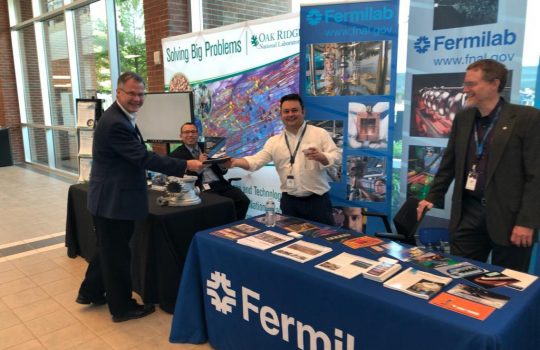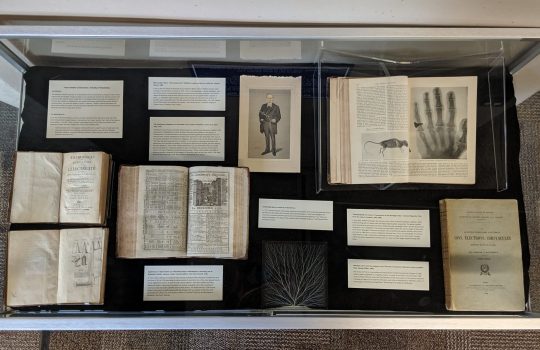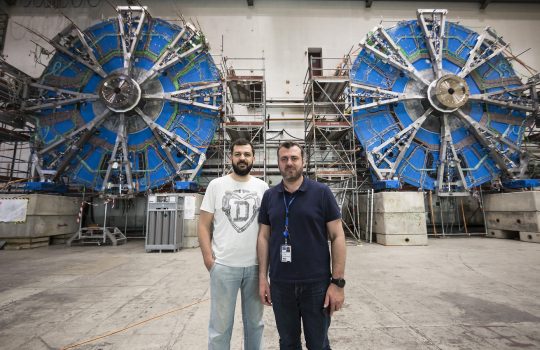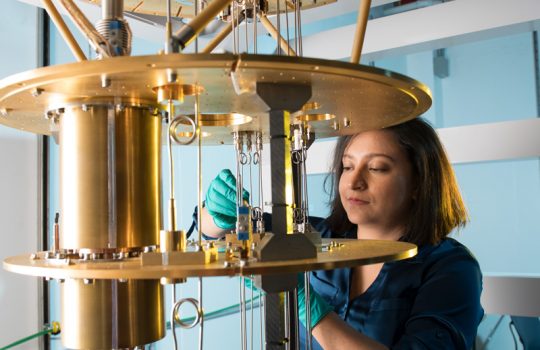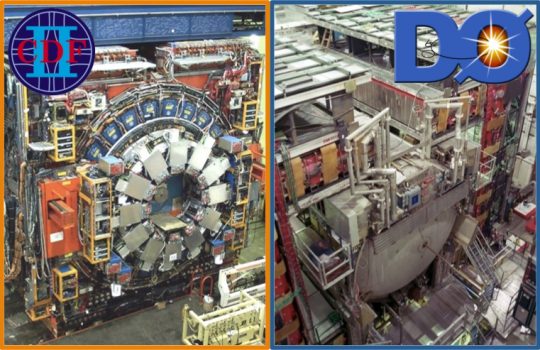An ignition chamber for innovation in industry: Fermilab attends the Advanced Manufacturing Summit
Members of the national laboratories, leaders from the Department of Energy and experts in advanced manufacturing converged at the third summit in DOE’s InnovationXLab Series. Fermilab had strong representation at the meeting, featuring particle physics technologies that have been adapted for use in our everyday lives. We connected to find ways to wield national laboratory resources to help launch new industries and rejuvenate manufacturing.

